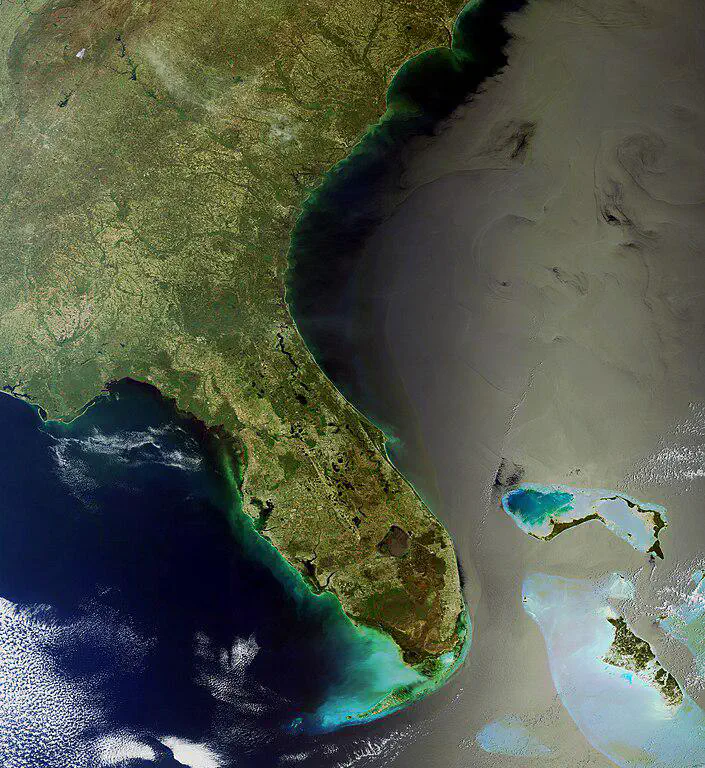Understanding how an amphicarpic species with a mixed mating system responds to fire: a population genetic approach

Abstract
Amphicarpic plants produce both above-ground and below-ground seeds. Because below-ground seeds are protected in the soil and may maintain viability when above-ground conditions are stressful, they were proposed as an adaptation to recolonize a site after disturbance. However, whether below-ground seeds are the main colonizers after a disturbance remains unknown. Our goal was to understand whether recolonization by an amphicarpic species after fire was accomplished primarily through germination of seeds produced above-ground or below-ground. We investigated Polygala lewtonii, an amphicarpic, perennial species endemic to fire-prone Florida sandhill and scrub, where fire kills plants but subsequently increases recruitment and population sizes. Polygala lewtonii produces three flower types: above-ground chasmogamous flowers and above-ground and below-ground cleistogamous flowers, with previous research demonstrating chasmogamous flowers produce a much greater proportion of seeds than cleistogamous flowers. We quantified outcrossing in seeds produced by chasmogamous flowers to determine whether it differed from the 100 % self-fertilized below-ground seeds. Approximately 25 % of seeds from chasmogamous flowers showed evidence of cross-pollination. Assuming that chasmogamous flowers produce the majority of the above-ground seeds, as was shown previously, this indicates it is possible to differentiate between germination by above-ground versus below-ground seeds in post-fire colonization. We next compared genetic diversity, admixture, inbreeding and population genetic structure pre- and post-fire. If fire promoted germination of chasmogamous seeds, heterozygosity and admixture would increase, and genetic structure and inbreeding would decrease. Instead, inbreeding and genetic structure increased and admixture decreased, suggesting that the below-ground selfed seeds (with limited dispersal ability) increased their contribution to the population after fire, possibly because fire reduced above-ground seed viability. Additionally, new alleles not found previously in range-wide analyses emerged from the seed bank post-fire. These results suggest that amphicarpy is a powerful adaptation to preserve genetic variation, maintain adaptive potential and promote rapid post-fire colonization.
Add the publication’s full text or supplementary notes here. You can use rich formatting such as including code, math, and images.